Eight national parks reopen in Colombia after six months of closure due to the coronavirus pandemic. These eight national parks opening in the next two months include Parque Tayrona opening in November.
The reopening of the natural parks in Colombia permits the reactivation of ecotourism in Colombia. This will be a gradual process, according to the government, in which initially eight of the national parks will receive visitors again after six months of closure due to the coronavirus pandemic.
Colombia has 60 national parks and the first eight to reopen are:
- Parque Corales del Rosario y San Bernardo – already opened on September 25
- Parque Gorgona – opens in October
- Malpelo Flora and Fauna Sanctuary – opens in October
- Parque Nacional Old Providence – opens in October
- Parque Chingaza – opens in October
- Otún Quimbaya Flora and Fauna Sanctuary – opens in October
- Parque Los Nevados – opens in October
- Parque Tayrona – opens on November 20
In our article below, we provide below a brief overview of each of these national parks in Colombia that are reopening.
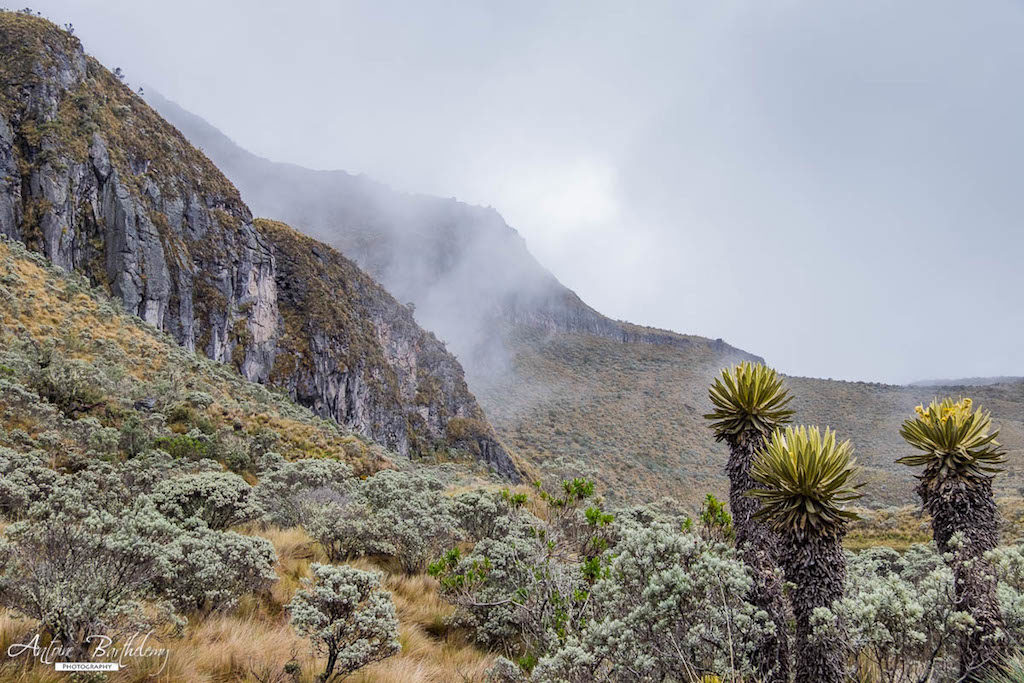
One of the many views inside Parque Nacional Natural Los Nevados, reopens in October
Biosafety Protocols for National Parks in Colombia
Biosafety protocols have been established for the national parks in Colombia, which include:
- Visitors must wear face masks.
- Use antibacterial gel to wash hands.
- Social distancing is required.
- Park capacity is reduced so visitors should make reservations.
- No limit to the number of people in a group (i.e. family or friends), but social distancing must be maintained between groups.
- Single-use plastics are not permitted in the parks, no disposable bottles, water bags or food packages.
The reduction in capacity for visitors of the parks varies by park. For example, the huge Parque Nevados has reduced its capacity by 35 percent.
Each National Park developed its own biosafety protocols, which had to be approved by the respective mayor. Currently, they are evaluating which other parks will be permitted to open.

Snorkeling and scuba diving are popular in Parque Corales del Rosario
1. Parque Corales del Rosario y San Bernardo – Opened on September 25
Few places in the world offer a view of such extraordinary beauty and diversity of colors and forms such as the one that can be seen in Corales del Rosario y de San Bernardo National Natural Park.
The Rosario Islands (Islas del Rosario), also referred to as Corales Islas del Rosario, is an archipelago located off the coast of Colombia, approximately 100 kilometers from Cartagena. Rosario Islands is a popular boating trip when visiting Cartagena and this is the most visited national park in Colombia.
Most of the islands can be reached in an hour or less from Cartagena’s docks, so even if your trip to Colombia is short, you don’t need to worry about missing out on the Rosario Islands. There are beaches, an aquarium, snorkeling, scuba diving and much more to do.
The national park was founded in 1988, to protect one of the most important coral reefs of the Colombian Caribbean coast. This park contains one of the most extensive, and most diverse and developed coral reefs in the entire Colombian Caribbean continental coastline.
The coral reefs are home to a great variety of organisms of many different colors: algae, soft coral, sponges, feather duster worms and sea lilies are part of this live architecture.
Also, the natural aquarium on Isla de Pajarales is also known as the Oceanarium and is a great place to visit if you’re travelling with children. It has dolphins, nurse sharks, and many more species, all housed in natural, saltwater pools.
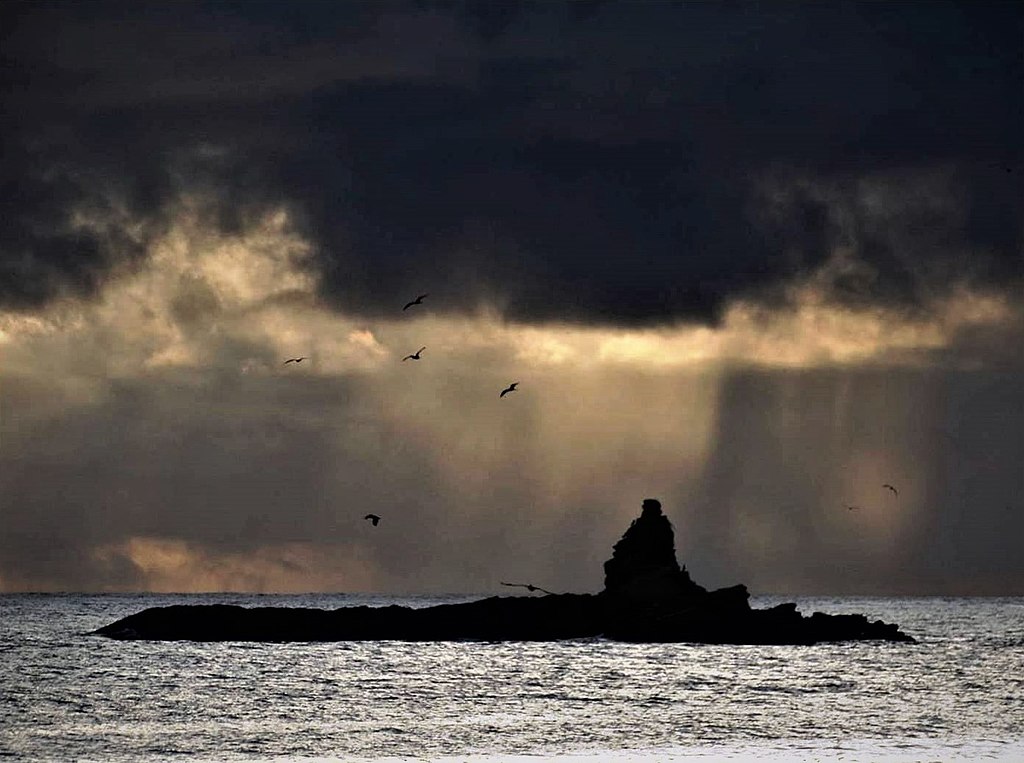
Islet at Parque Nacional Natural Gorgona, photo by Ricardo Gonzalez Arango
2. Parque Gorgona – Opens in October
Gorgona is a Colombian island in the Pacific Ocean located about 17 miles (28 km) off the Colombian Pacific coast, which was the site of former prison from 1960 to 1984.
The island was established as Gorgona Natural National Park in 1984, to preserve its endemic species, which includes richly varied wildlife of the tropical forest and the coral reefs offshore. The park covers a total maritime area of 240 square miles (620 square kilometers).
Gorgona has no permanent population, except the staff involved in the administration and preservation of the national park. The island has been developed as an ecotourism center with lodging and a restaurant.
Visitors need previous permission to come to the island. Gorgona reportedly can host around 80 visitors at one given time.
The two main reasons to go this park are for scuba diving and whale watching. Whales come here every year to calve and raise their young.
Park website: https://www.islagorgona.co/en/
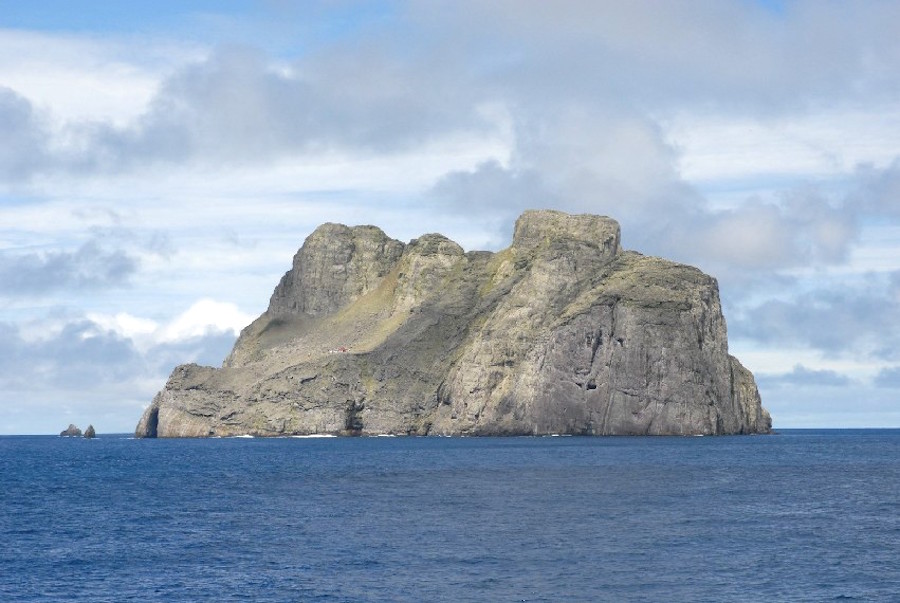
Malpelo Island, photo by NOAA
3. Malpelo Flora and Fauna Sanctuary – Opens in October
Malpelo Flora and Fauna Sanctuary is the ninth largest protected marine area in the world. Since 2005, it has been catalogued as an Important Bird Area by BirdLife International and the Alexander Von Humboldt Research Institute.
Malpelo was declared a World Heritage Site by the United Nations Educational, Scientific and Cultural Organization – UNESCO in 2006. In addition, Malpelo has been called a “marine jewel” by the Colombian Government.
Clusters of over 300 hammerhead sharks can be seen near the Malpelo island year-round. This tiny, remote island has some of the best diving in the world. The quality of the diving is matched by the difficulty to get there.
The island can only be visited as part of a live-aboard dive-cruise, lasting several days. Only advanced divers should attempt this trip. There are strong currents that can pull you up, down and sideways.
Park website: https://www.parquesnacionales.gov.co/portal/en/ecotourism/pacific-region/malpelo-flora-and-fauna-sanctuary/
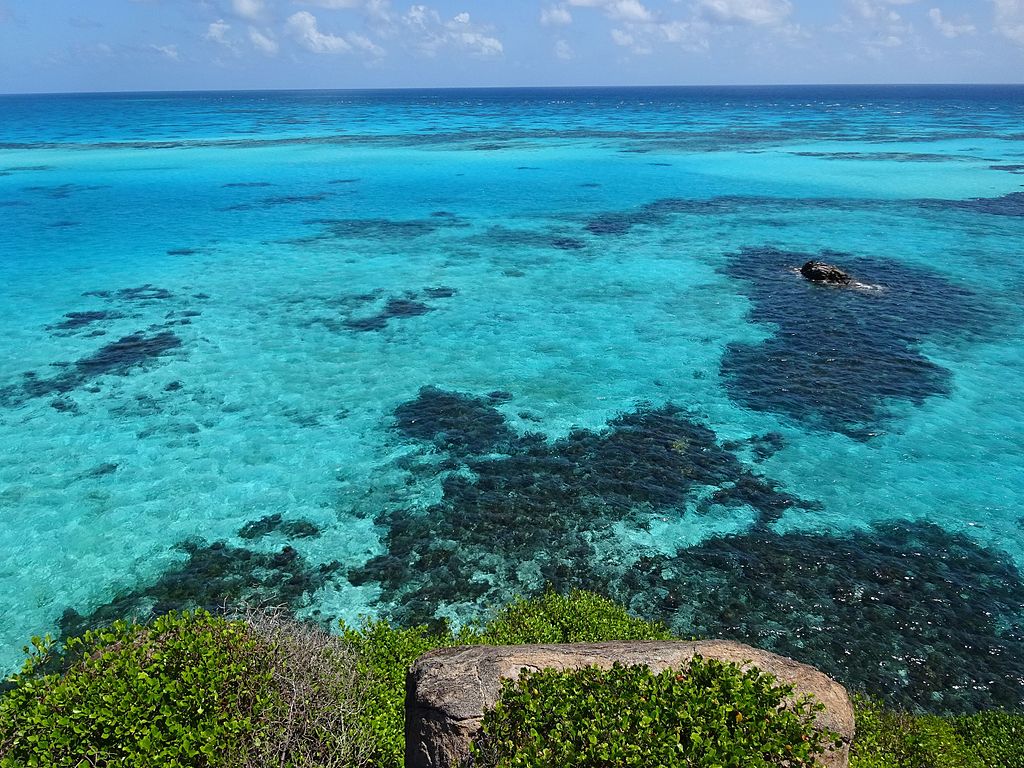
Coral formations in Old Providence McBean Lagoon National Natural Park, photo by Felviper
4. Parque Nacional Old Providence – Opens in October
The Old Providence McBean Lagoon National Natural Park (Parque Nacional Natural Old Providence McBean Lagoon) is a national park located on the northeast side of Providencia Island in the Archipelago of San Andrés, Providencia and Santa Catalina, Colombia.
This is one of three national parks in the Colombian Caribbean with coral reefs on its territories, the other two being Tayrona and Rosario and San Bernardo Corals.
This park contains different ecosystems, such as mangrove forests, coral formations, beds of marine grasses, and a small area of tropical dry forest. This is a popular park for scuba diving.
Due to the colorful coral reefs, the Providencia Island is also known as “The Sea of Seven Colors” And there are small islands (Crab Caye and the Three Brothers Cayes), which are part of the national park.
Park website: https://www.parquesnacionales.gov.co/portal/en/ecotourism/caribbean-region/old-providence-mcbean-lagoon-national-natural-park/
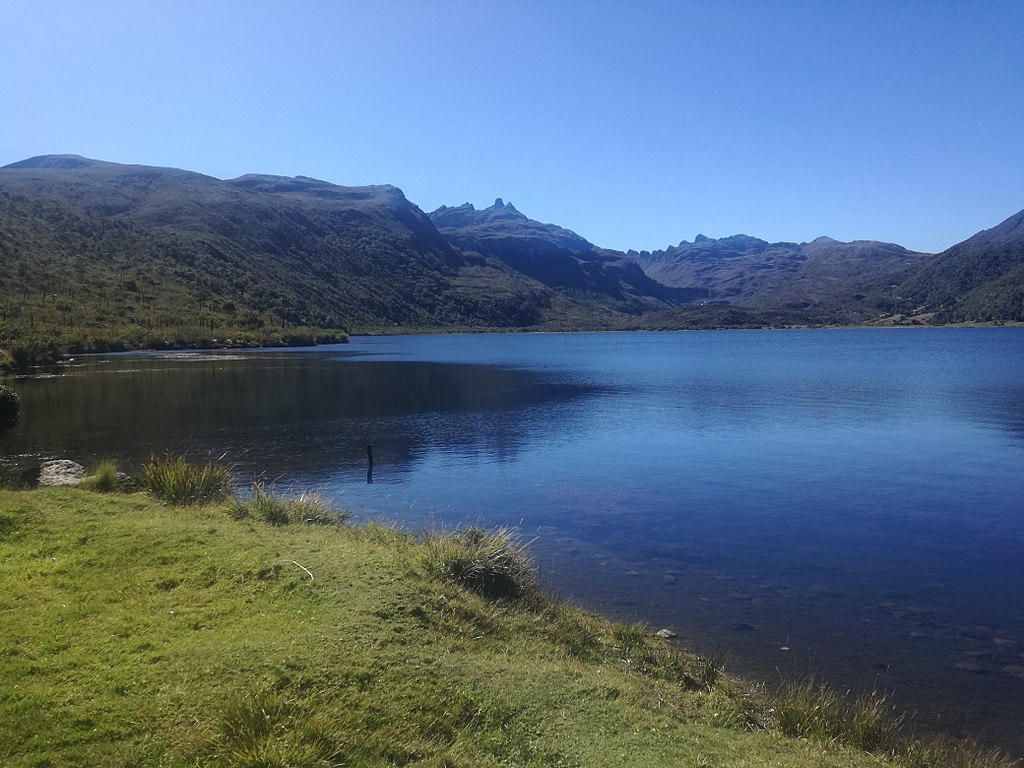
Lake Chingaza, photo by David Ricardo Rodriguez Parra
5. Parque Chingaza – Opens in October
Chingaza National Natural Park (Parque Nacional Natural (PNN) Chingaza) is located in the Eastern Ranges of the Colombian Andes, northeast of Bogotá, Colombia in the departments of Cundinamarca and Meta.
Chingaza has about 40 natural glacial lakes. The largest lake is Lake Chingaza, located in the southwestern part of the park at an altitude of 10,660 feet (3,250 meters).
The Chingaza Park is considered a natural and cultural treasure located in the center of Colombia. The mountainous area was formerly inhabited by indigenous Muiscas and the Guayupes. This park is a haven for Andean fauna and flora
Park website: https://www.parquesnacionales.gov.co/portal/en/ecotourism/orinoco-region/chingaza-national-natural-park/

Red-ruffed fruitcrow (Pyroderus scutatus) at Otún Quimbaya, photo by Alejandro Bayer Tamayo
6. Otún Quimbaya Flora and Fauna Sanctuary – Opens in October
Otún Quimbaya Fauna and Flora Sanctuary is greatly oriented towards ecotourism. It has become an important ecotourism destination in the coffee growing region of Colombia.
This nature reserve is located only 18 km southwest of Pereira and protects a 489-hectare area of high-biodiversity. Set on the Otún River, it boasts more than 200 species of birds and butterflies sand two rare species of monkey, among other wildlife in the park.
This park has several short hiking trails along the river and through the forest and guides are available. The best time to go to this park are in August and September and December and January when there is less rainfall.
Park website: https://www.parquesnacionales.gov.co/portal/en/ecotourism/andean-region/otun-quimbaya-fauna-and-flora-sanctuary/
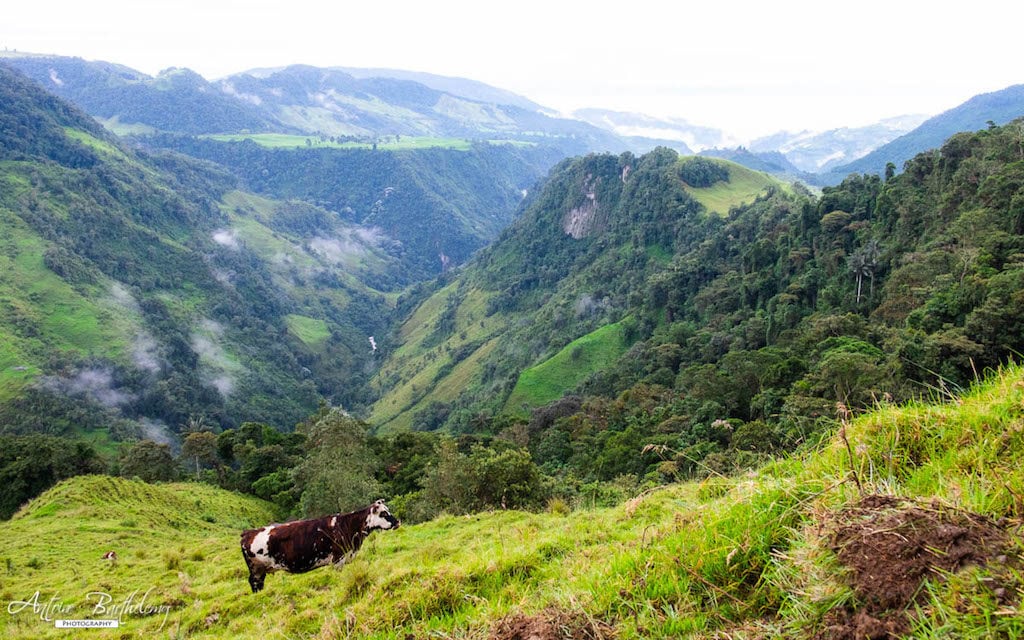
Parque Nacional Natural Los Nevados
7. Parque Los Nevados – Opens in October
Parque Los Nevados, also known as Parque Nacional Natural Los Nevados (Los Nevados National Natural Park), is a popular national park in Colombia located in the heart of the coffee region in Colombia. It’s a beautiful park known for its snow-capped volcanoes, glaciers, lakes and forests.
Parque Nacional Natural Los Nevados is the third most popular national park in Colombia after Parque Nacional Natural Corales del Rosario and Parque Nacional Natural Tayrona.
Parque Los Nevados is located in the Central Andes, which is the highest of the three branches of the Colombian Andes. The park was created in 1973 in order to help contribute to the conservation of important ecosystems such as three of the glaciers in Colombia, high Andean wetlands and high Andean forests.
This sizable national park covers an area of 144,062 acres (58,300 hectares) with a range of altitudes between 8,500 feet (2,600 meters) and 17,457 feet (5,321 meters).
Parque Los Nevados is located in the heart of Colombia’s coffee growing region. The rivers that descend from its snow peaks supply water to the farmlands and aqueducts of cities, towns and villages in the center of Colombia. Also, one of the main beneficiaries is, of course, the many coffee plantations in the area.
In addition, the park is packed with biodiversity with about 4,000 different species of vegetation, as well as glaciers, volcanos, lakes and forests.
We have a separate Medellin Guru article about Parque Los Nevados.
Park website: http://www.parquesnacionales.gov.co/portal/es/ecoturismo/region-andina/parque-nacional-natural-los-nevados/

Cabo San Juan de Guia beach in Parque Tayrona, photo by David Shankbone
8. Parque Tayrona – Opens on November 20
Parque Tayrona, also known as Parque Nacional Natural Tayrona (Tayrona National Natural Park), is a popular national park in Colombia located along Colombia’s Caribbean coast that is known for its beautiful beaches and biodiversity.
Tayrona National Park was established as a Colombian national park in 1969. And it’s the second most visited national park in Colombia, after the Rosario and San Bernando Corals Natural National Park near Cartagena.
Parque Tayrona includes 150 square kilometers of land and over 30 km of coastline. The park boasts in excess of 60 mammal species as well as 400 species of birds, in addition to countless reptiles and amphibians. It’s a very biodiverse area with two ecosystems between coastal mountains and the sea.
We have a separate Medellin Guru article about Parque Tayrona.
Park website: https://www.parquesnacionales.gov.co/portal/en/ecotourism/caribbean-region/tayrona-national-natural-park/
Medellin Guru’s Guide to the National Parks in Colombia
Medellin Guru so far has only covered four of the 60 national parks in Colombia:
- Parque Tayrona: A Popular Park on the Coast Known for its Beautiful Beaches
- Parque Los Nevados: A Popular Park with Snowcapped Volcanos and Glaciers
- Isla de la Corota: The Smallest National Park in Colombia
- Parque El Cocuy: A Hidden Gem National Park in Colombia with Glaciers
We plan to cover in more detail additional national parks in Colombia that are worth visiting.

Tayrona National Park reopens on November 20
The Bottom Line: 8 National Parks Reopen in Colombia After 6 Months of Closure
Reopening national parks means reactivating one of the sectors hardest hit by the coronavirus pandemic. This reopening will benefit tour operators, restaurants, accommodations, local artisans and all those who are in the tourism value chain.
Colombia is the second most bio-diverse country in the world, after Brazil. Colombia has a diversity ranging from snow-capped mountains to beaches, thick jungles to vast plains, small pueblos to bustling cities.
The national parks reopening in Colombia will enable tourists to experience much of the biodiversity that Colombia offers.
Colombia is the only South American country bordered by two oceans. I have traveled throughout the country over the past 10+ years and many of the landscapes in Colombia are breathtaking.
Sign up for the Free Medellin Guru Newsletter – You can see all of the previous Medellin Guru weekly email newsletters and sign up here.

